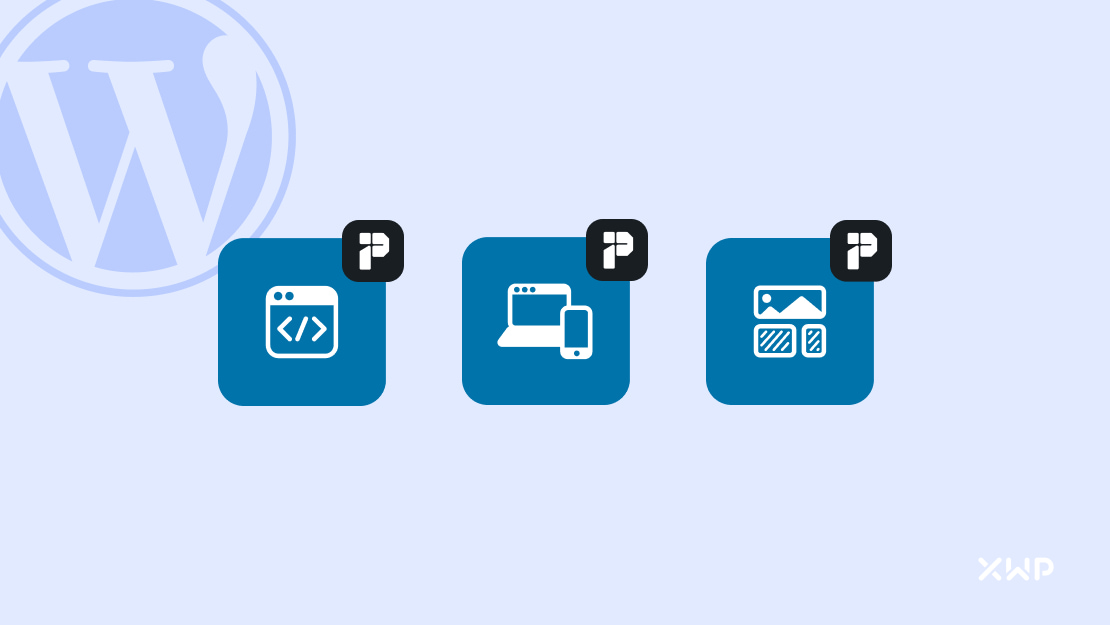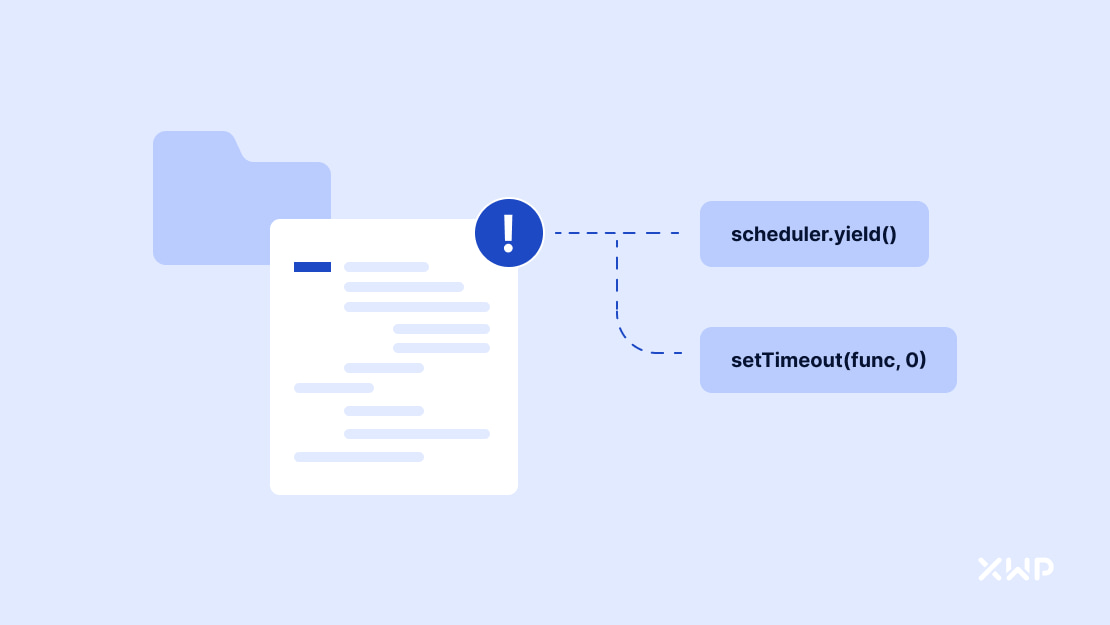Web performance is a fascinating puzzle, and as a publisher executive, you hold a crucial piece.
When we talk about enterprise publishing, we’re speaking directly to leaders shaping the digital experience at scale. Your decisions impact more than clicks or pageviews; they influence millions of interactions daily, shaping the way people engage with content worldwide.
Here’s the exciting part: enterprise publishers aren’t just navigating these challenges; they’re setting benchmarks. By addressing Web Vitals head-on, you’re not only improving your own metrics, you’re elevating the web experience for everyone, creating ripples of positive change across the internet.

Leading by Example: The WordPress Performance Team
Take WordPress, which powers over 43% of the internet. Thanks to investments from multiple contributors through initiatives like the WordPress Performance Team, we’re witnessing a significant innovation. Bold ideas are being tested rigorously, then refined for potential integration into WordPress core. These innovations speed up not just a handful of websites, but potentially millions globally.
As an example of what open-source collaboration has contributed is the Optimization Detective. Working in tandem with the Embed Optimizer and the Image Prioritizer, these tools are already making a measurable difference improving web vitals on auto-pilot by:
- Decreasing the Cumulative Layout Shift inherent with 3rd party embeds
- Taking the guesswork out of which image should be prioritized for early downloads, improving the Largest Contentful Paint in the process

Practical Performance Improvements
When tackling web performance puzzles, it’s easy to pick the low-hanging fruits identified by tools like Lighthouse. The prioritized suggestions by their impact are so thorough that fixing the Largest Contentful Paint becomes crystal clear without a need for secondary tools, or on-load layout shifts.
But once those are addressed, getting to passing results without sacrificing functionality can feel like hitting a wall. We recommend leading with curiosity. When you notice that the latest code embedded has lowered the INP score significantly, consider breaking this down into several steps:
First, identify the circumstances: function A in file B.js consistently causes long-running tasks, exceeding Z ms each time event C happens, so take into consideration yielding to the main thread right after the UI updates.
Based on the findings, there are several options to consider:
- Convert the function to async and use
await scheduler.yield(). It’s not part of Baseline yet (source), but around 70% of the web traffic supports it, offering substantial improvements - Utilize
setTimeout(func, 0). to run the task as a microtask, preventing main-thread blockage. Here’s a detailed explanation on why this works: Why doessetTimeout(func, 0)work, anyway?
If this issue is tracked up to an open-source library you’re using, contributing either a detailed issue report (or, better yet, a pull request), benefits the broader community.
A thoroughly explained issue, combined with a specific solution path, sparks an itch for a resolve.
Collaborative Success Stories
A prime example of successful collaboration is our experience with Raptive. It’s easy to feel performance is “out of your hands” when third-party embeds seem non-negotiable. Giving the technology team clear feedback and actionable suggestions led to Raptive breaking down their longer tasks into multiple smaller ones, improving main-thread efficiency and user interactivity.
Here’s another win to celebrate: Prebid – the leading open-source header bidding solution, began allowing main-thread yielding in March 2025. This impactful change originated from a thoroughly explained issue raised proactively by industry leaders. Curious to see it? Explore the pull request here.
The Broader Impact of Performance Optimization
Now, imagine scaling this proactive approach. When publishers champion better performance, you enhance the experience for millions of users across the web. It’s a chance to lead by example, creating a ripple effect where third-party partners and technology providers align with elevated performance level expectations.
Facing tough web performance challenges? Partner with us to turn complexity into clarity by leveraging the power of the open source community. When enterprise publishers lead with openness, the entire ecosystem benefits. Together, we’re not just optimizing, we create a faster, fairer, fundamentally better web for everyone.


